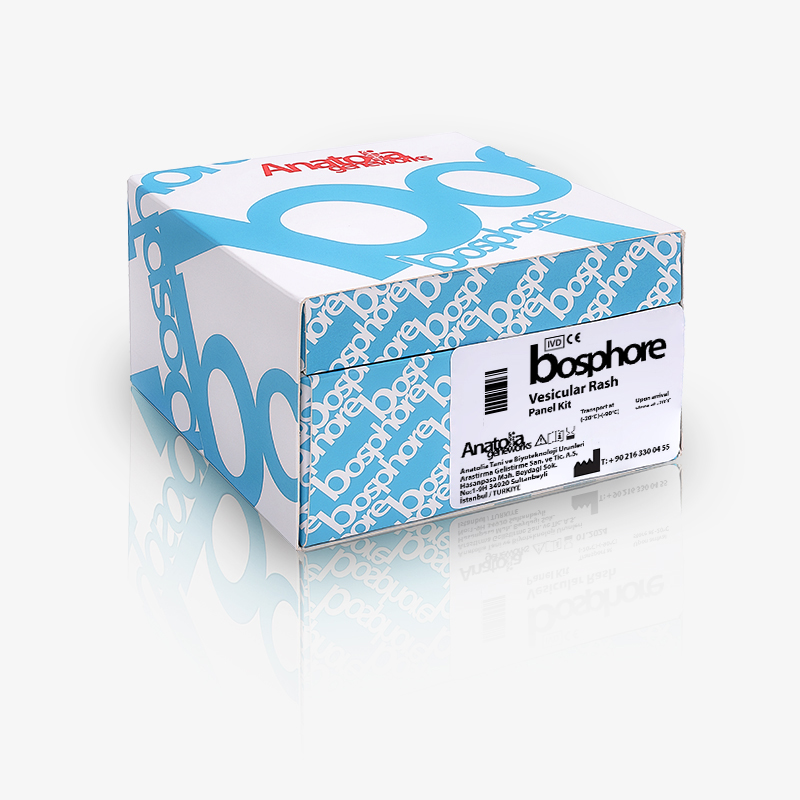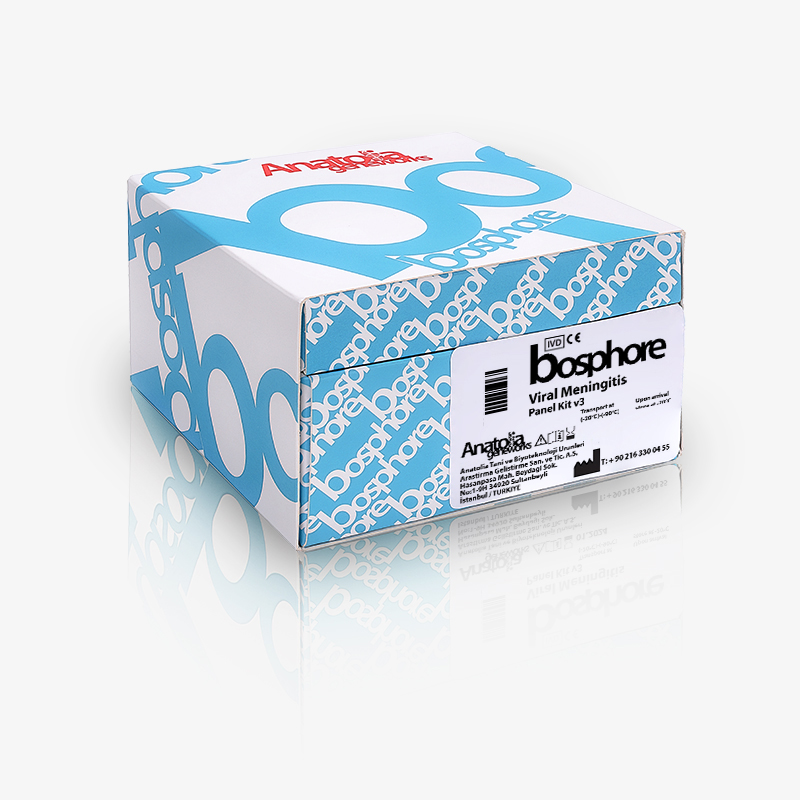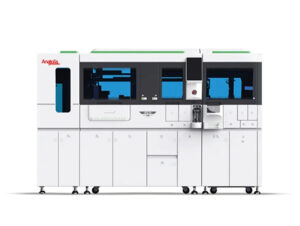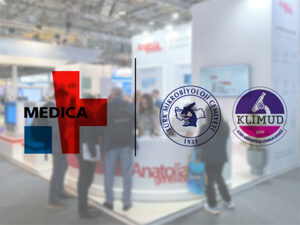
What is Meningitis?
Meningitis is the inflammation of the 3-layered membrane that protects the brain from impacts and provides blood flow. Inflammation can be caused by bacteria, viruses, and other infectious pathogens. Meningitis is a curable disease when detected early. However, since the brain is covered with infection, the disease can have serious clinical consequences.
Although meningitis can affect anyone at any age, infants and children are the most common individuals with meningitis. The disease shows a sporadic trend in society but has the potential to become an epidemic instantaneously. The most common meningitis pathogens are viruses and bacteria. Depending on the brain damage, these can cause lifelong disabilities such as neurological sequelae, deafness, or amputation. In addition, acute bacterial meningitis (ABM) is responsible for a high rate of death.
Types of Meningitis
Bacteria, viruses, fungi, parasites, or some non-infectious factors can cause meningitis. Among them, Neisseria meningitidis, Streptoccocus pneumoniae, and Haemophilus influenzae bacteria are the most frequently diagnosed pathogens that cause ABM. Bacterial agents are spread by respiratory droplets such as coughing and sneezing. N. meningitidis, also known as meningococcus, can spread in the population very quickly. The risk of meningococcus is elevated where people live in crowded small areas, such as schools, barracks, dormitories, campuses, and prisons, or in swarming and active tourist groups such as Hajj and Umrah. Bacterial meningitis infections can also cause sepsis, which is extremely dangerous blood poisoning.
Viral meningitis, on the other hand, is more common in the community but shows a milder disease course than the bacterial type. The immune system eliminates viral meningitis, sometimes without any need for medical help. Some enteroviruses, measles, rubella, chickenpox, and some influenza viruses, or herpes viruses such as Epstein-Barr can result in meningitis.
Fungal meningitis occurs infrequently and is transmitted by inhalation of fungal spores. Parasites, amoeba, head traumas, and alike are other rare sources of meningitis.
Meningitis Symptoms

In infants, warning signs such as high fever, lethargy, weakness, vomiting, loss of appetite, swelling of the fontanel and rapid breathing can be observed.
The types of meningitis might be different, but the symptoms are similar. Therefore, it is not possible to tell whether it is bacterial or viral just by observing the symptoms. A physician’s examination is very crucial when meningitis-like indications are detected. The physician determines the right type by test results and initiates the necessary treatment.
Diagnosis of Meningitis

In case of suspected meningitis, a sample is taken from the blood or the protective fluid that surrounds the brain, cerebrospinal fluid (CSF). The pathogen can be identified from the cultured sample. However, in such serological methods, a few days must pass for the diagnosis of bacteria or fungi, and in addition, the culture method cannot detect viruses.
Meningitis causes death in a short time, and a few days of waiting for test results can delay the treatment terribly. So, the polymerase chain reaction (PCR) method, which gives high-accuracy results within a few hours, has become popular. The PCR method targets the pathogen’s DNA, works well with an exceptionally small sample, and screens for viruses.
Anatolia Geneworks knows that meningitis requires rapid treatment and thence continues its research in line with clinical needs. CSF that will be used in the diagnosis of meningitis should be taken from the patient as little as possible since it is both difficult to obtain and an extremely critical fluid for the body. The PCR method stands out with its superiority at this stage. DNA-based Bosphore PCR kits accurately diagnose meningitis with only less than 1 milliliter of sample.
Anatolia Geneworks products Bosphore CNS Panel Kit v2, Bosphore CNS Panel Kit v3, Bosphore Viral Meningitis Panel Kit v2, Bosphore Viral Meningitis Panel Kit v3, and Bosphore Rash-Fever Panel Kit v1 scan for various viral meningitis pathogens, such as herpes, chickenpox, Epstein-Barr, enterovirus, parvovirus, and measles.
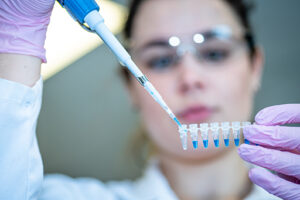
For the diagnosis of bacterial meningitis, Bosphore Bacterial Meningitis Panel Kit v1 and Bosphore Bacterial Meningitis Panel Kit v2 work with superior accuracy. Newborn meningitis requires immediate intervention, but a very limited amount of testing sample (CNS or blood) is available in a baby when compared to adult humans. Bosphore Neonatal Meningitis Panel Kit v1 and Bosphore Neonatal Meningitis Panel Kit v2 products are available for such clinical situations.
Meningitis Treatment
It is necessary to apply to a health institution in case of meningitis suspicion as it cannot be neglected. Appropriate treatment is initiated after bacterial, viral, or other pathogens are identified. Antibiotics and inhibitory chemical drugs (chemoprophylaxis) can be used against bacterial meningitis.
Ways to Prevent Meningitis

There are vaccines against some pathogens of bacterial and viral meningitis. In addition, since meningitis is easily transmitted and results in serious clinical consequences, it must be reported to health authorities.
The World Health Organization monitors meningitis cases and oversees the necessary procedures. In case of suspected transmission, to prevent the development of meningitis as soon as possible, preventive chemoprophylaxis drugs are given to individuals who share the same environment with the potential patient. Suspected individuals of contact are the ones who share the same:
- Household,
- School,
- Kindergarten,
- Office,
- Dormitory or ward.
References:
https://www.who.int/health-topics/meningitis
https://www.ecdc.europa.eu/en/meningococcal-disease
https://www.cdc.gov/meningitis/index.html

